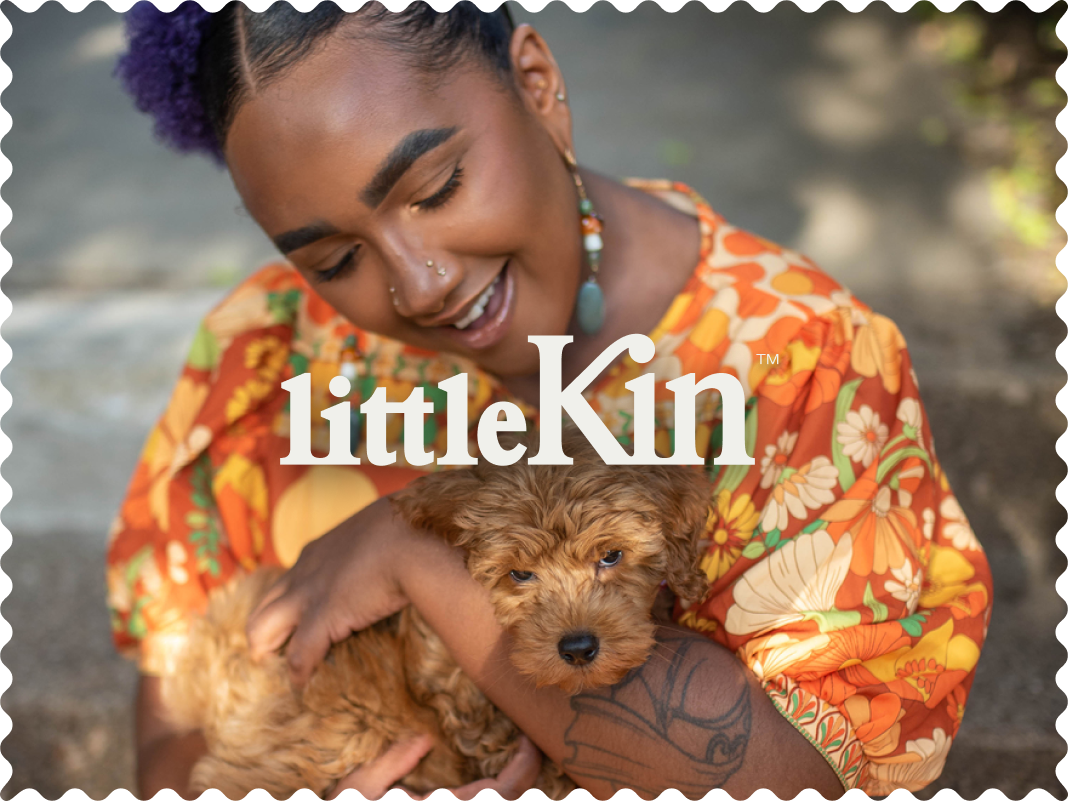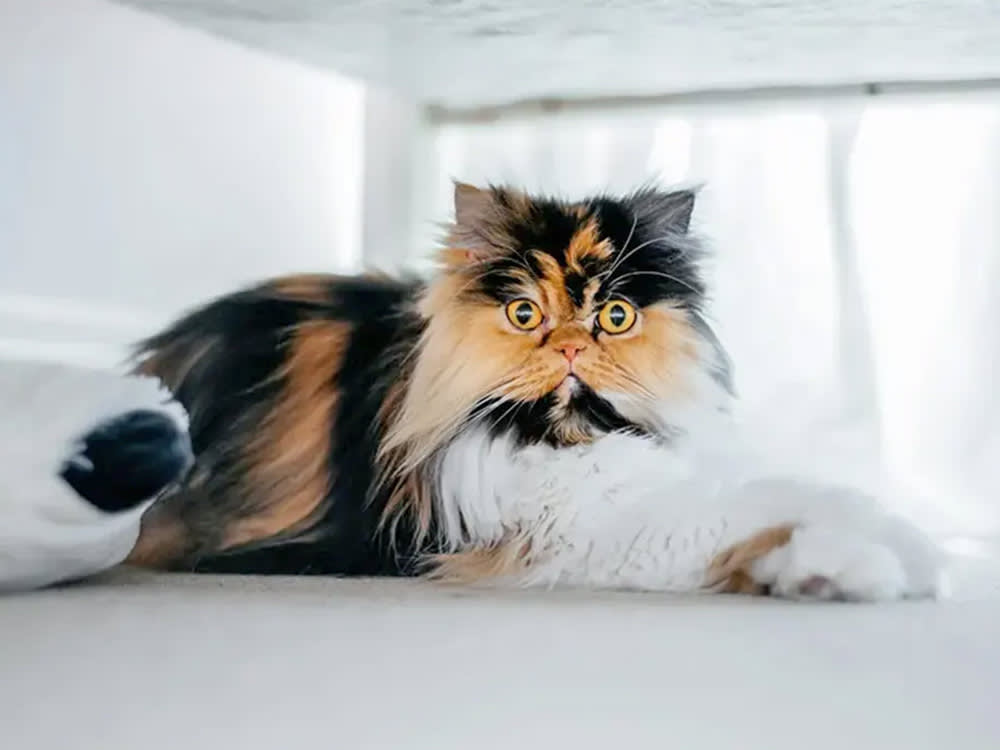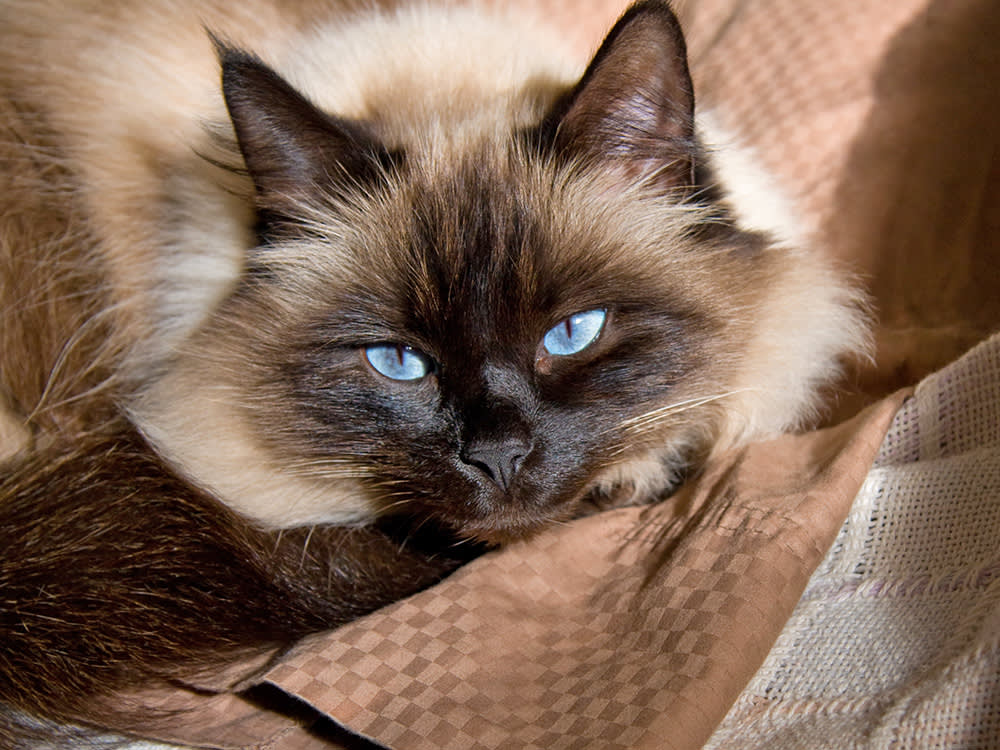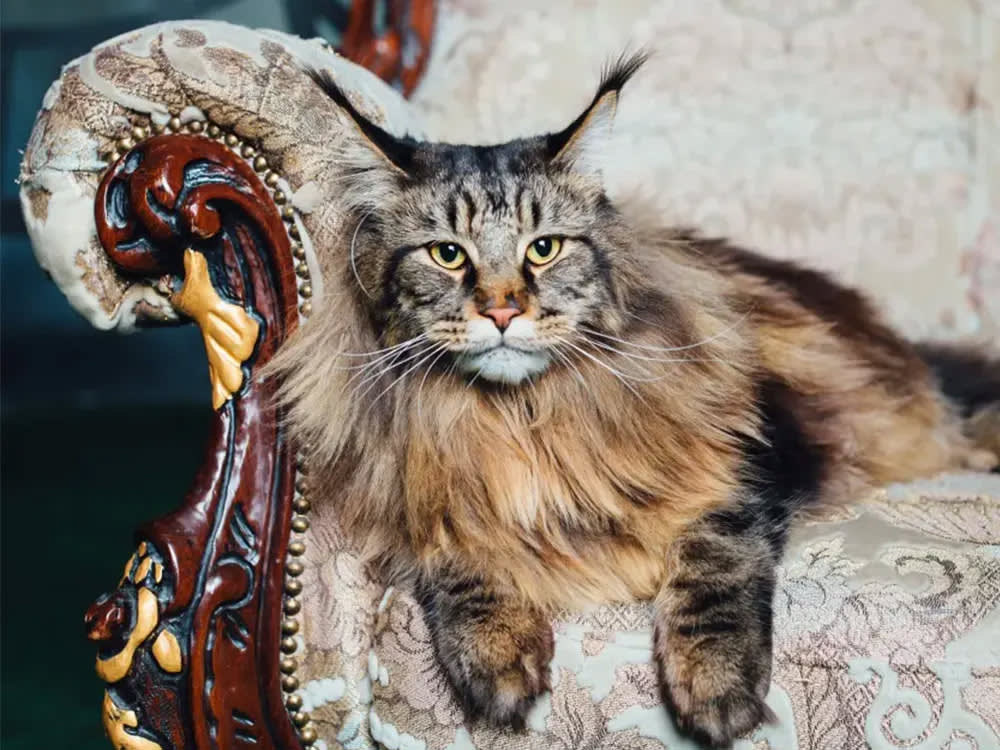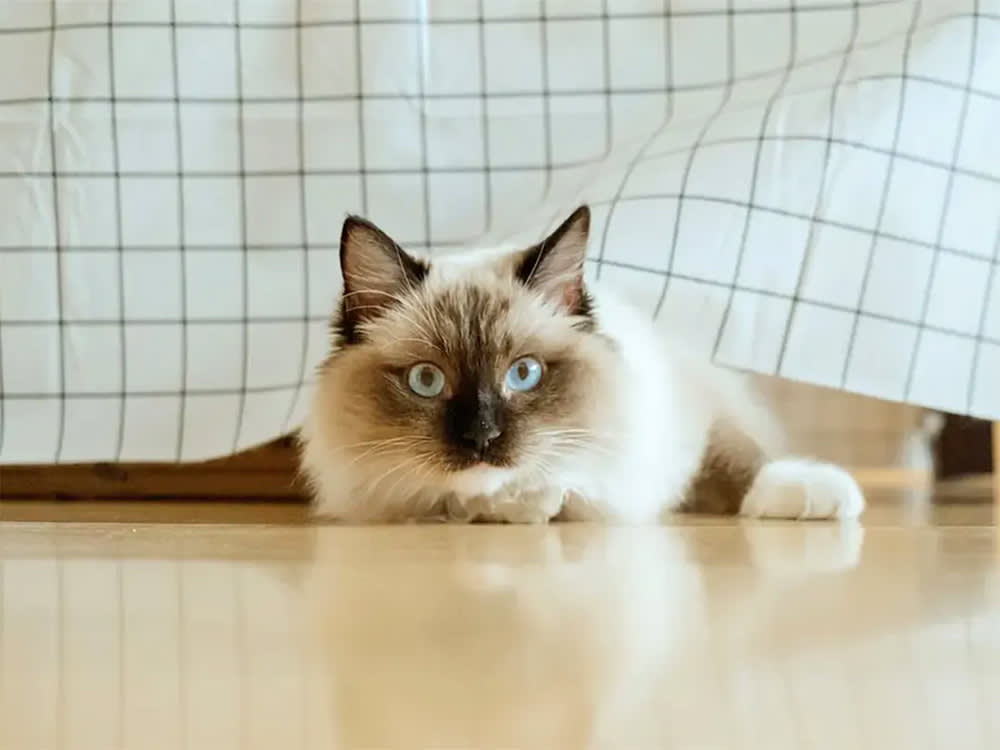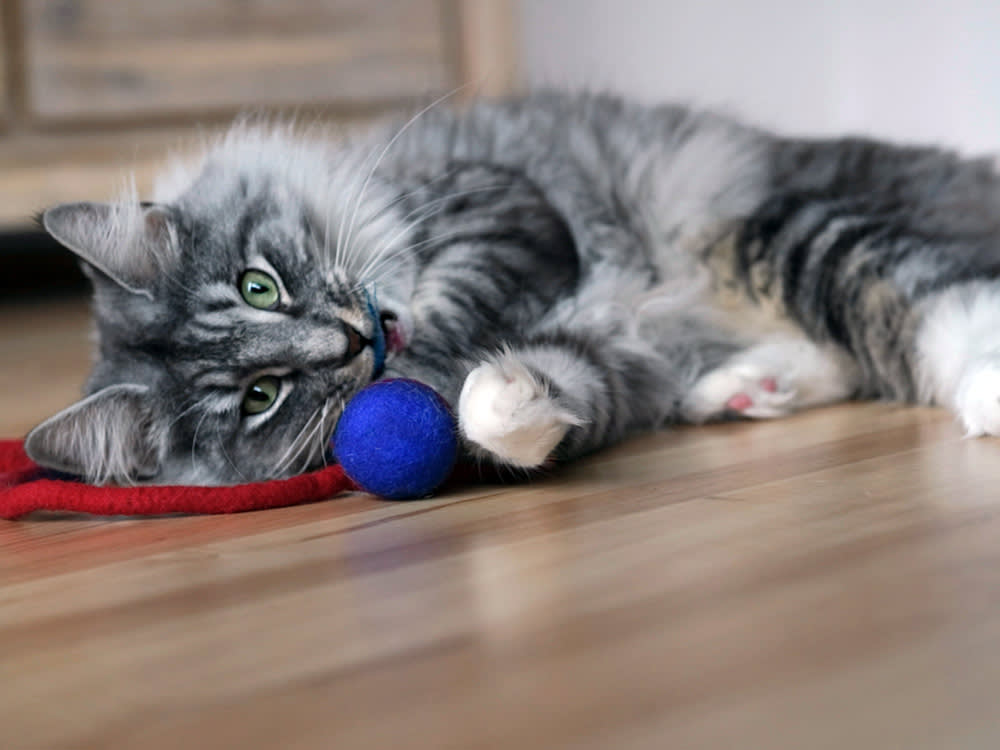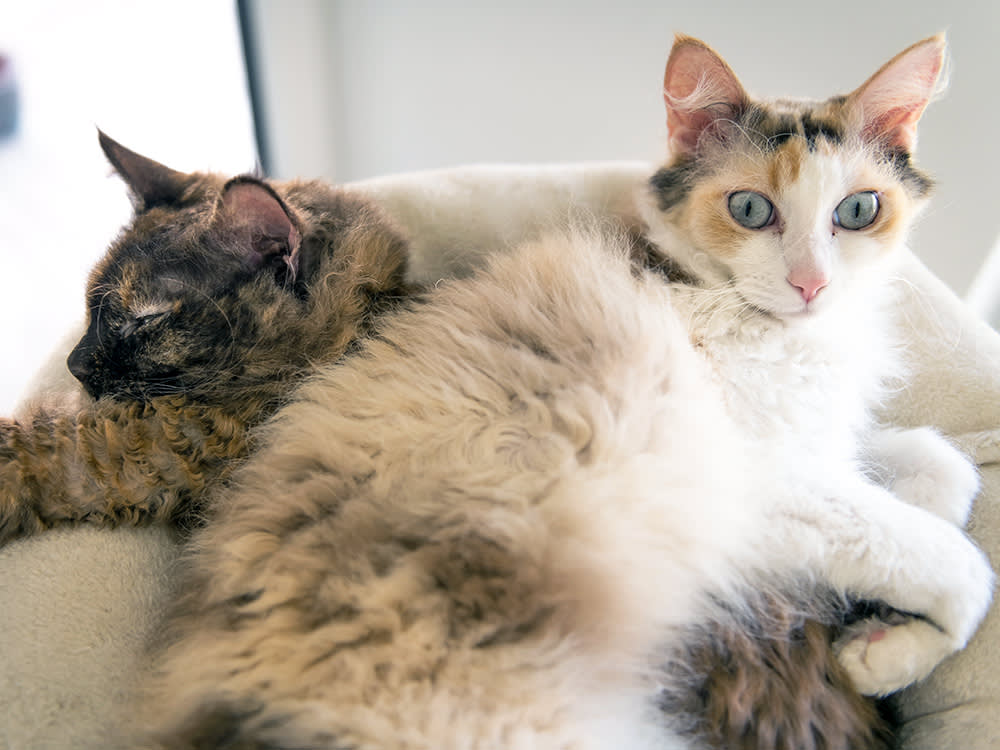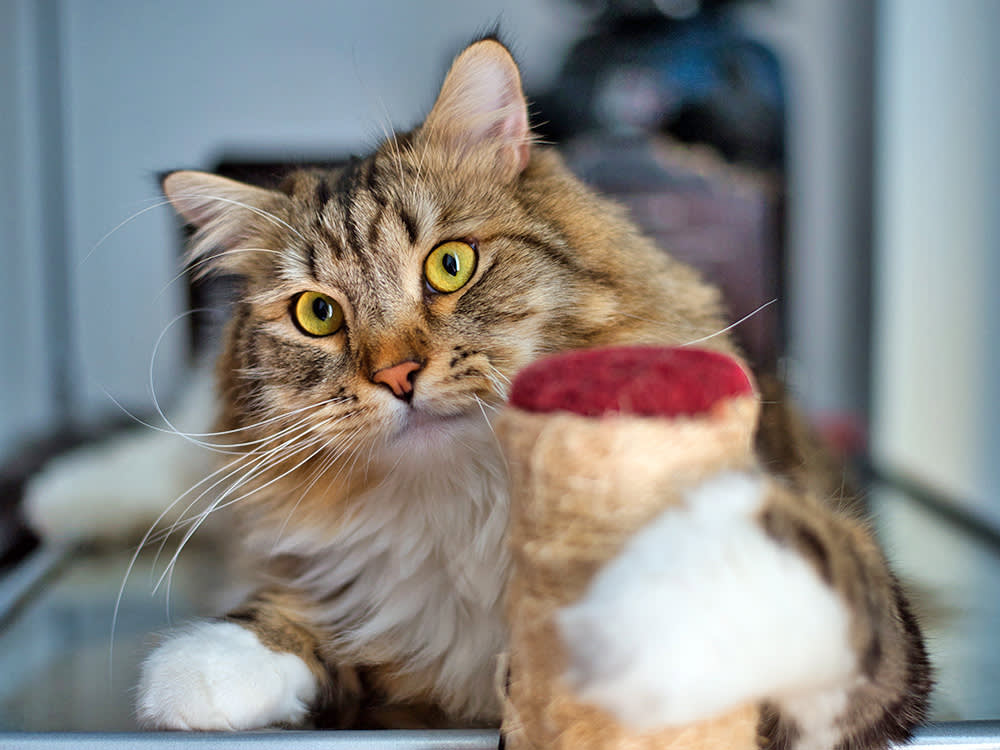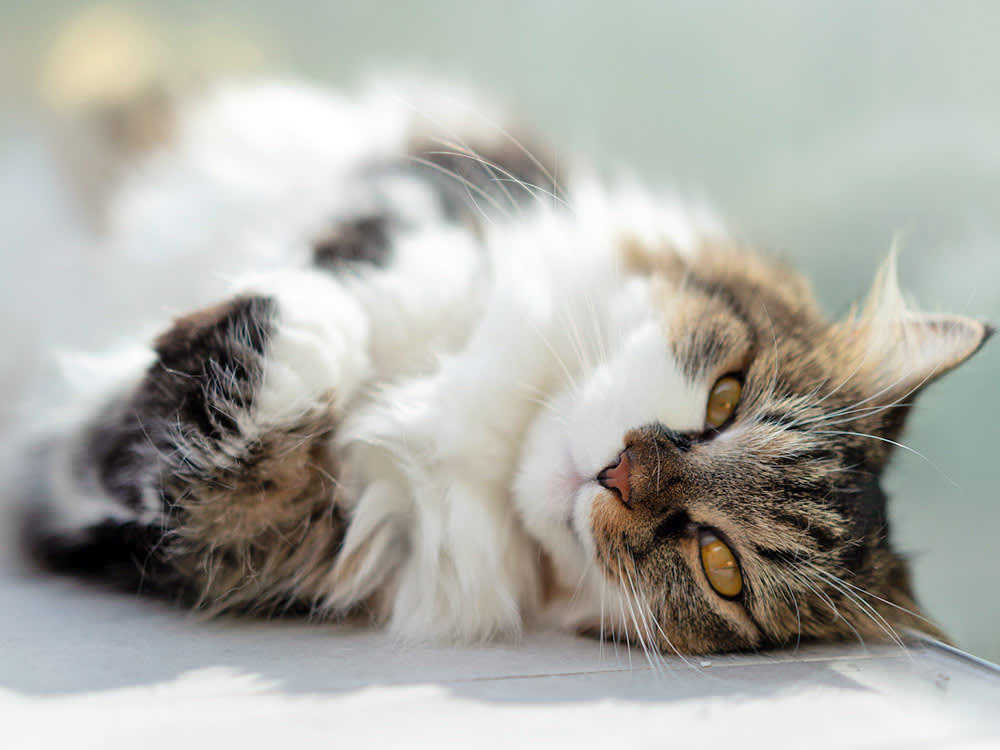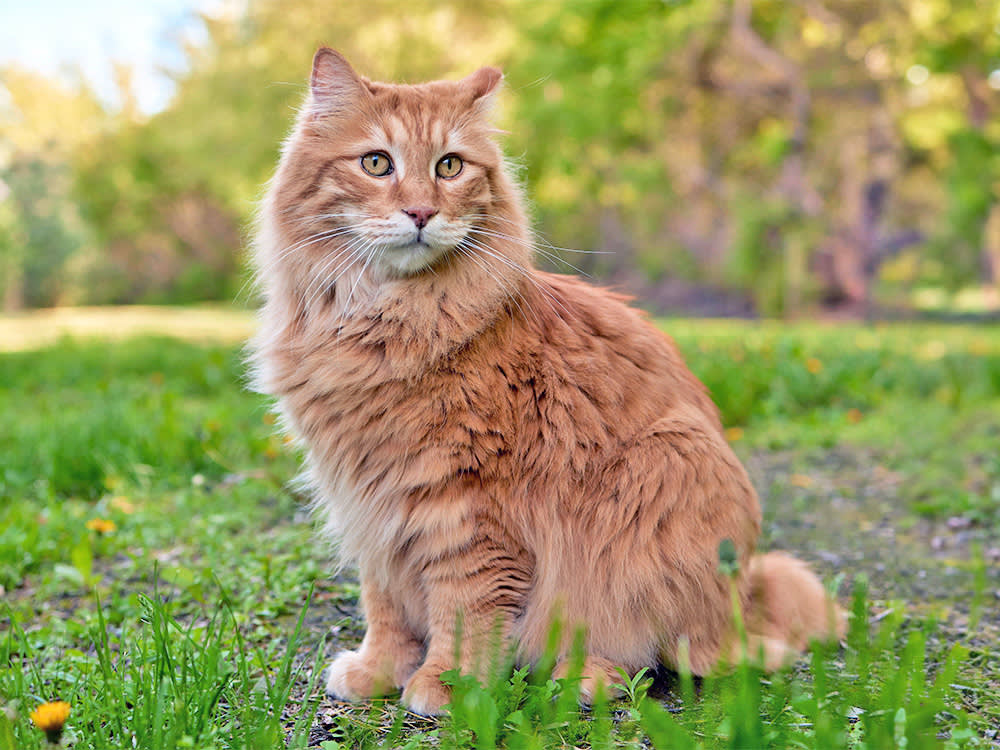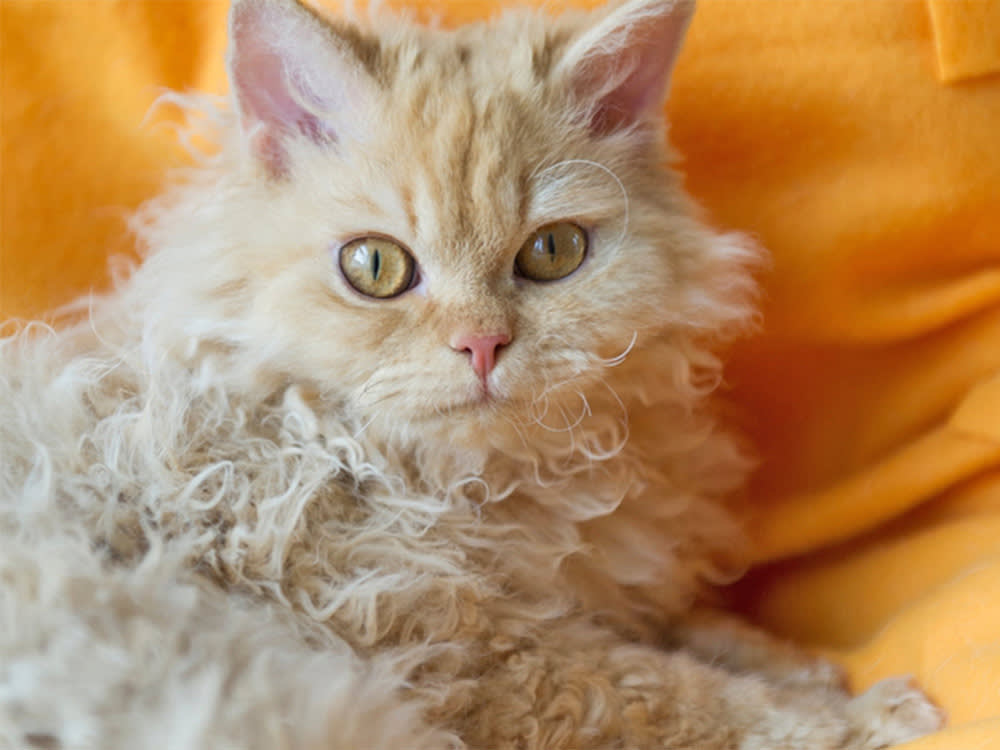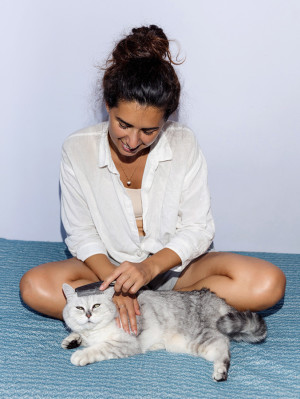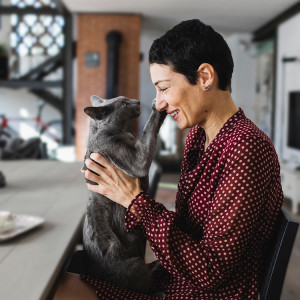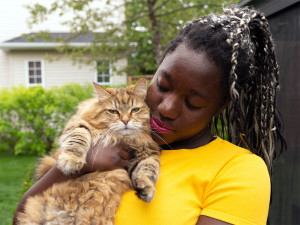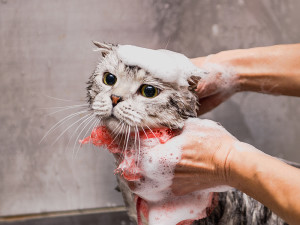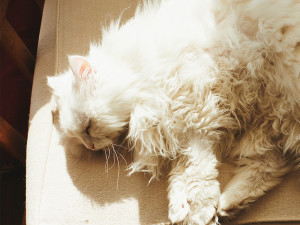10 Beautiful Long-Haired Cat Breeds You’ll Love
Check rescues and shelters for any of these beautiful breeds or mixes.
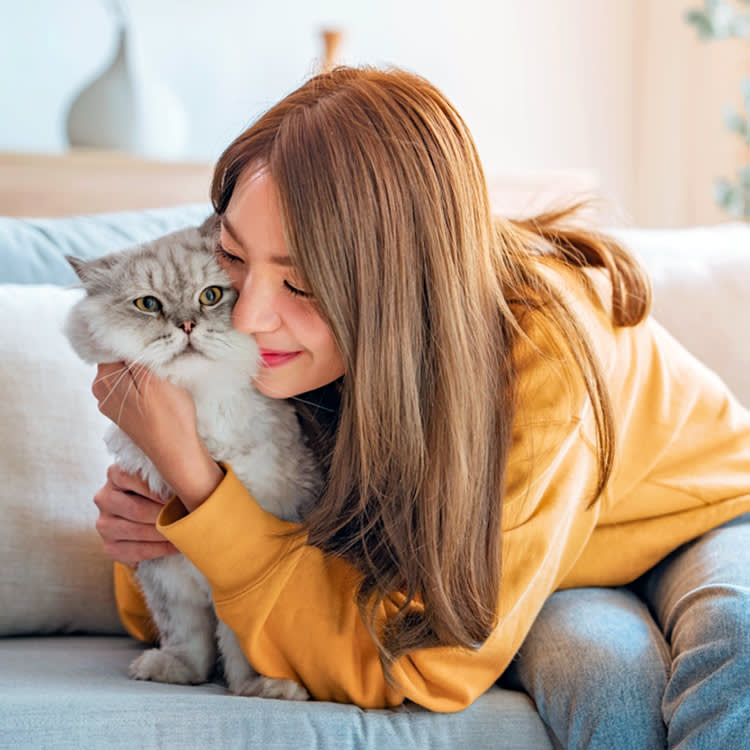
Share Article
In This Article:
What Is A Long-Haired Cat Breed? Benefits and Challenges of Owning a Long-Haired Cat Breed Popular Long-Haired Cat Breeds How to Care for Long-Haired Cats
If you’re looking to adopt a cat, you might be trying to decide what you want them to look like. Some of the most beautiful cat breeds around have long, luscious fur that makes them look not just adorable but very striking and elegant. If you’re allergic to cats, you might be worried that longer fur would be more likely to aggravate your symptoms, but this isn’t the case. In fact, some long-haired cats are even less allergenic.
There are lots of long-haired cat breeds, and they all make excellent pets, but they’re not all the same. They come in a huge variety of sizes, colors, and even personalities. If you’re thinking of getting a long-haired cat, you might be worried that they require specialist, intensive grooming that other cats don’t. However, they don’t always! You can get long-haired cats who are relatively low-maintenance, but you just need to get to know them. Remember, always check rescues or shelters first if you are looking for a specific breed; purebred animals are showing up there, too.
Here, we’ll dive into the most popular long-haired cat breeds and how to care for them.
How much do you spend on your pet per year?

What is a long-haired cat breed?
A long-haired cat breed is exactly what it sounds like — a cat with long hair. They might be a Persian, a Ragdoll, an American Bobtail, or even a Norwegian Forest Cat. There are so many varieties, and they’re all different. Long-haired cats might have swishy tails, tufts of hair in their ears or between their toes, or long, luscious locks on their body. They do vary a lot, but you can usually tell they’re long-haired on sight.
Benefits and challenges of owning a long-haired cat breed
If you’re weighing up whether or not to get a long-haired cat, you might be wondering what some of the benefits and drawbacks of this type of cat are. While all breeds vary in specific fur type and temperament, there are some generalizations we can make.
Long-haired cats often shed less, because they have longer hair growth cycles than other cats. In terms of drawbacks, you will have to groom them regularly, in some cases including daily brushing. If you don’t have time for that kind of upkeep, their fur can get tangled and matted, which can be dangerous.
Popular long-haired cat breeds
Thinking of getting a long-haired cat but not sure where to start? These are some of the most popular long-haired cat breeds.
1. Persian
The Persian cat is actually also known as the Persian Longhair. Persians have been around for a long time, and they are one of the most traditional and popular types of long-haired cat. They have a round face and a flat muzzle, which makes for a pretty cute image. Unfortunately, sometimes the muzzle is a little too flat due to in-breeding, which can cause some difficulties to the cat. Persians make great pets, but if you choose to adopt one, it’s actually better for the cat’s health if they have a slightly longer muzzle.
2. Himalayan
The Himalayan, also known as the Himalayan Persian or Colorpoint Persian, is very similar to the Persian cat. They are actually a type of Persian, but some groups consider the Himalayan to be a separate type of cat to the Persian, while others don’t. They were created by adding Siamese coloration to Persian cats, so they have really interesting coloring that makes them unique. Their care and grooming is similar to Persians, which have a thick and long coat.
3. Maine Coon
Something it’s important to know if you’re thinking of getting a Maine Coon in your life: They are absolutely huge. A male Maine Coon can weigh between 13 and 18 pounds, or even as much as 20. However, they’re extremely sociable and sweet, and make great family cats. They have dense fur that helped them to cope with the extreme winters of Maine, and they need brushing as much as two or three times a week. However, if you have the time, they are amazing pets.
4. Ragdoll
If you’re looking for a cat who is a true companion, a Ragdoll might be the best pick for you. Ragdolls are known for their tendency to go totally limp when handled, and they are reported to have “dog-like” behaviors. That means that they are true pets who often follow their pet parents around and are happy to be handled and cuddled. Their fur is medium-long and does tend to shed quite a lot, so you need to get used to having fur on your clothes! They need regular grooming and near-daily brushing to make sure their fur doesn’t tangle.
5. Norwegian Forest Cats
The Norwegian Forest Cat has adapted over time to cope with long Norwegian winters, so they have very thick, semi-long fur that sheds during the summer. They’re pretty big, similar to a Maine Coon, and have been around for centuries. They are reportedly great with people and have a sweet temperament, so they would make a lovely family cat. They need daily brushing to make sure their fur stays smooth, but not much more than that.
6. LaPerm
A LaPerm cat is exactly what it sounds like — a cat who looks like they’ve had a perm. They are a Rex breed with the iconic curly hair to match, but they are actually not related to any other Rex varieties. If you’re looking to introduce a LaPerm to your family, they are very affectionate. Their coat is made up of waves and ringlets and require less brushing than some other longhair cats. In fact, they only need brushing twice a week or so.
7. Ragamuffin
While the RagaMuffin was once considered a type of Ragdoll, it was actually established as a separate breed in 1994. RagaMuffins are pretty big cats with a thick, pretty coat that comes in a ton of different color varieties. They have silky fur that needs brushing most days to make sure that it doesn’t tangle. However, the care is pretty straightforward, and most people say that it isn’t too time-consuming. In fact, as long as they are well cared for, their fur doesn’t tangle very easily at all.
8. Siberian
The Siberian cat is one of the oldest breeds of cat, with its roots in Russia. They are one of those long-haired cats who don’t actually aggravate allergies, and are in actual fact hypoallergenic. They are native forest cats in Russia, but are a favorite of breeders and cat fans across the world, despite still being relatively rare outside of Eastern Europe. They’re affectionate and require some grooming and daily brushing as they have thick undercoats.
9. American Bobtail
The American Bobtail can be either shorthair or longhair, but whichever one you choose, they have a distinctive little tail. Their tail is around one-third or one-half shorter than the tail of other cat breeds, which makes them look really different, and gives them their name. According to urban legend, Bobtails are the result of cross-breeding between a tabby cat and a wild bobcat, but they’re actually the result of a genetic mutation. The longhair type still have the tail, but with slightly longer fur that is actually pretty shaggy.
10. Selkirk Rex
The Selkirk Rex is actually one of the most unusual and interesting-looking cats on our list. They can be both longhair and shorthair, but in either case, they have really unique wavy hair. They were actually bred from a single kitten who was born in 1987 with an unusually curly coat. The Selkirk Rex isn’t super high-maintenance, but they do require regular grooming. They are reportedly friendly and easygoing with a sweet temperament.
How to care for long-haired cats
Every long-haired cat is different, and they require different levels of care and grooming. Diving deep into the exact breed you’re interested in and whether they match your needs is the next step to finding the perfect long-haired cat for you.
While some might require brushing every single day, others need less regular care. Some may shed daily, while others may shed even less than shorthair cats. Some might be hypoallergenic, while others might set you off. They all need different care and attention, so as long as you’re ready to give them what they need, you’re all set.
Bottom line
Long-haired cats are beautiful, elegant, and can make excellent pets. While they may shed less than some shorthair cats and don’t necessarily require complicated grooming, they can require a little more care than other cats. You will have to make sure that you brush them regularly, in some cases daily, to avoid tangles and matting. However, if you have the time to learn exactly what they need, they might just be the best companion for you.
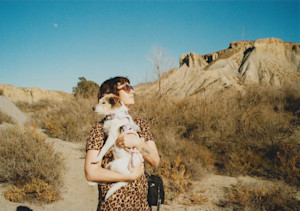
Marianne Eloise
Marianne Eloise’s work has appeared in The New York Times, The Guardian, The Cut, Vulture, and more. She is also the author of an essay collection Obsessive, Intrusive, Magical Thinkingopens in new tab. She has been going on adventures with her dog Bowie since she was 17.
Related articles
![A woman brushes a cat's hair.]()
The 14 Best Cat Brushes to Buy in 2025
Level up your grooming game.
Why Does My Cat Shed So Much?
When you’re a cat parent, your sweaters always feature at least some kitty hair.
![Short haired woman holding a gray cat that's playfully pawing at her nose]()
Does Your Cat’s Fur Pattern Determine Their Personality?
It’s a little more complicated than that.
Cat Allergies: Do Hypoallergenic Cats Exist?
If the sniffles are getting you down, don’t stress: You have options.
![Cat being washed by a groomer]()
Does My Cat Need a Professional Groomer?
If you thought your cat was a self-cleaning evolutionary marvel, you’re not wrong but...
![fluffy white cat]()
Let the Cat Fur Fly
A professional groomer sheds some light on how to keep cat hair under control.
